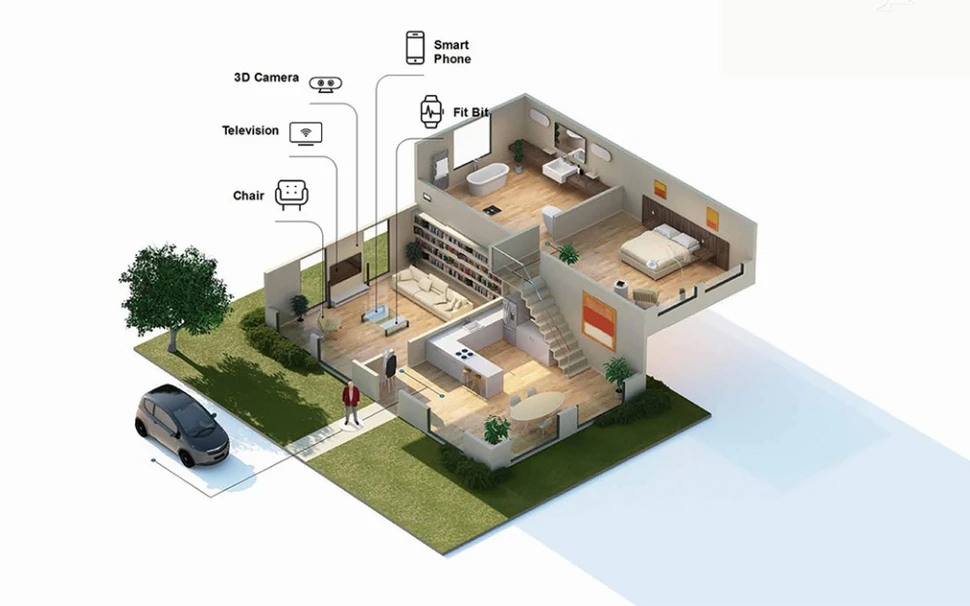- Novartis discussed the role of digital health at the European Respiratory Society Congress in September 2015.
- Technologies, such as a necklace that monitors COPD symptoms and earrings that monitor oxygen saturation have been developed to benefit patients.
- In the future, technologies could help create a “smart house” for people living with COPD to deliver 360-degree patient care.
The convergence of digital technologies and healthcare, or “digital health,” is a hot topic. But what does digital health mean for people living with chronic conditions like chronic obstructive pulmonary disease (COPD)?
Helping patients find their “new normal”
We discussed this question with a group of patients at the European Respiratory Society Congress during the third part of our Respiratory Open Dialogue Series that took place in Amsterdam in September 2015. They shared that patients don’t want to be reminded daily that they are living with a serious condition. So for people with COPD, digital solutions offer the opportunity to establish a “new normal,” whether that means learning about their condition, engaging with a doctor, or even receiving treatment.
Technology, of course, is no substitute for care from a doctor or support from a loved one, but we’re developing new technologies that make it easier for people living with COPD to establish their new normal.
Creating a “smart house” for people living with COPD
Our involvement in the COPD Crowdshaped hackathon has led to the creation of several potential new technologies that could benefit patients. Two examples are a necklace that monitors COPD symptoms and earrings that monitor oxygen saturation. These inventions build on existing technologies while potentially adding more value for people with COPD.
In collaboration with patients, physicians, designers, technicians and engineers, we are developing a variety of projects for respiratory patients. They include the Air Smart Spirometer, a spirometer that helps doctors collect valuable information about their patients’ COPD via a connected smartphone. This is just one example of how we’re leveraging digital technologies to help patients.
In the future, technologies like those used in the Air Smart Spirometer could help create a “smart house” for people living with COPD, integrating seamlessly throughout the home to deliver 360-degree patient care.

